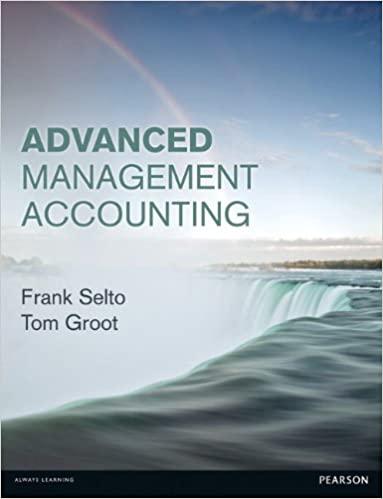Decision tree exercises. Draw and label decision trees that describe the following decision situations. State feasible goals
Question:
Decision tree exercises.
Draw and label decision trees that describe the following decision situations. State feasible goals and objectives for each decision. List relevant measurable quantitative and identifiable qualitative outcomes for each alternative.
Required:
1. A student is deciding whether to live in a dormitory on campus, an apartment off campus, or at home with parents.
2. A student is deciding whether to spend Spring break (A) either (i) catching up on lost sleep and studying for three days or (ii) working for pay for three days, followed by (i)
three days of mountain biking in Moab, or (ii) three days of skiing at Steamboat Springs, or (iii) three days of working for Habitat for Humanity, or (B) spending six days in Cancun, or (C) working six days for pay.
3. A student organisation is deciding how to spend its annual budget. Historically the organisation has sponsored eight monthly events (four per semester) featuring external speakers, professionalism seminars, student presentations, and community service.
Student and faculty participation has been high in the autumn semester when students are interviewing for jobs and internships, but participation has been much lower in the spring. The group could sponsor more or fewer events and a different mix of events.
4. A student and faculty group is deciding how to spend a recent gift from ConocoPhillips.
Future gifts depend on how the money is spent and the effectiveness of the supported activities. The group identified alternative uses that include scholarships, faculty research support, hiring teaching assistants to support large classes, student case competitions, and remodelling classrooms.
5. A ski resort is deciding whether to continue its local skier programme which this year offered season passes to individuals for $300 and families for $500. Daily passes bought at the resort cost adults $70 and children $40. The discounted season pass programme increased this season’s skier days by 20% over the previous season when season passes cost $700 for individuals and $1000 for families. Food, ski lesson and rental revenues and some operating costs increase with the number of skier days. Some destination skiers, who pay full price for lift tickets, have objected to the crowding caused by increased numbers of local skiers
Step by Step Answer:





